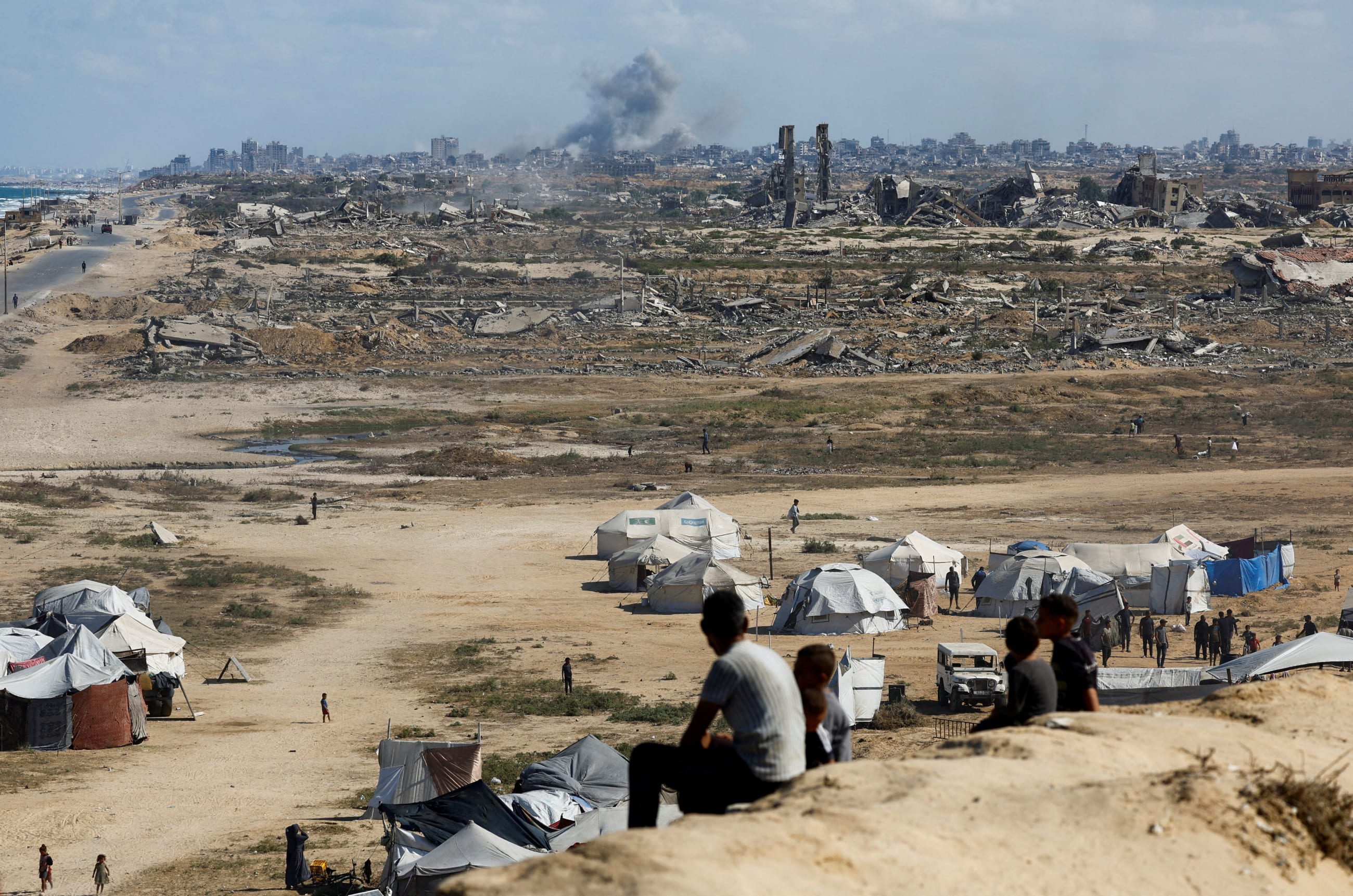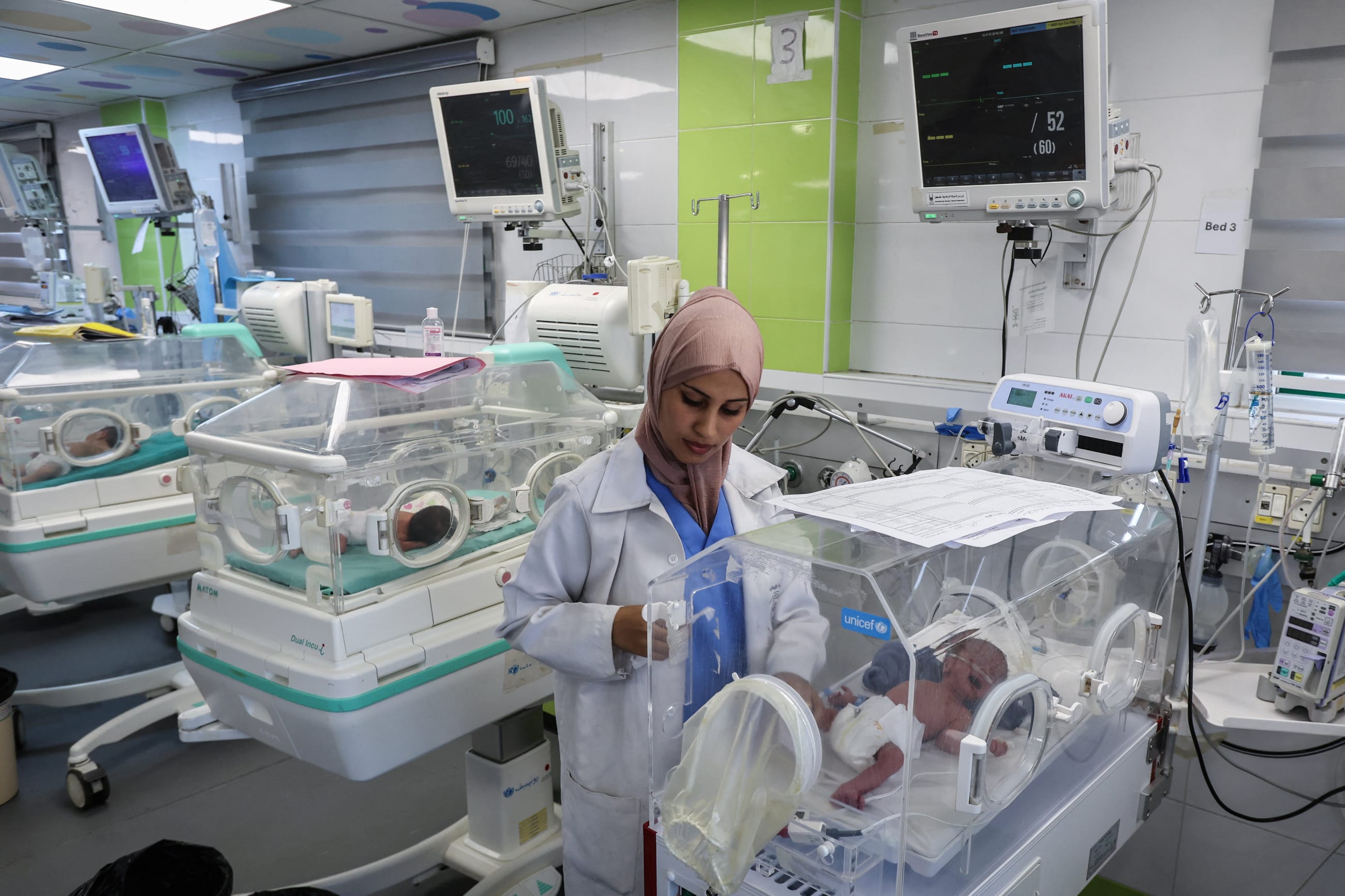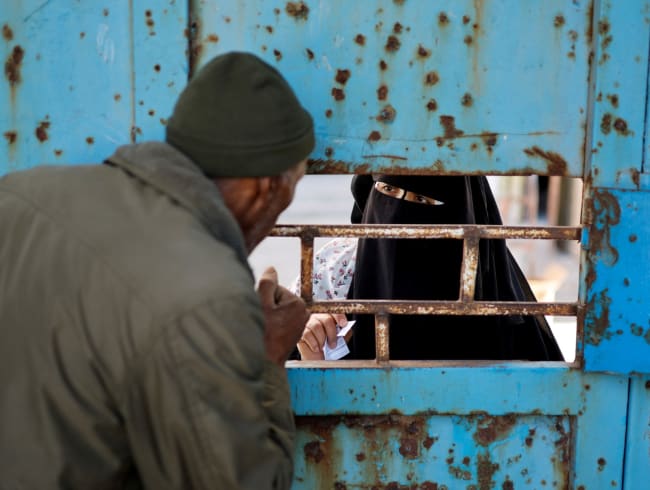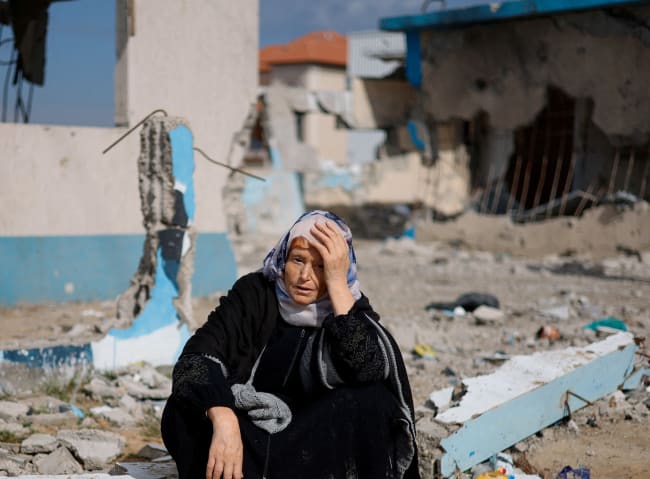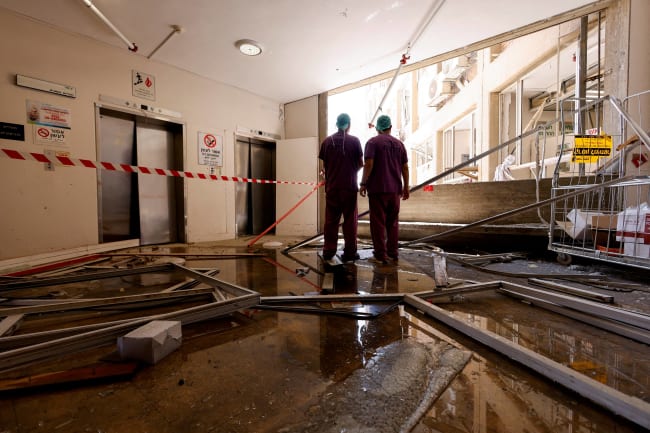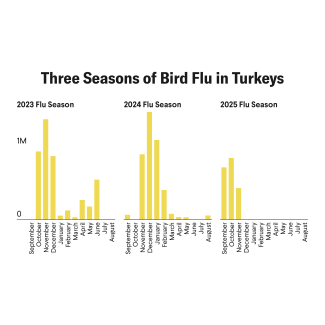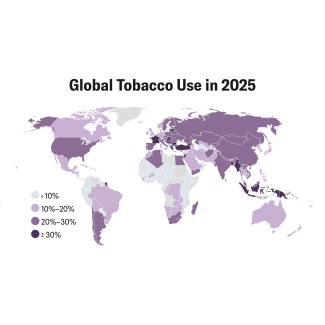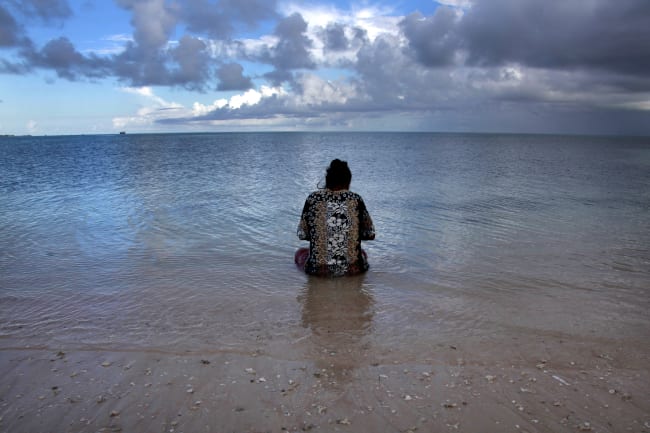This week, Gaza ceasefire talks are under way as the brutal war between Hamas and Israel enters its third year.
Although the deal could secure long-awaited peace and launch a new era of Palestinian governance, two years of war have already wrought unconscionable human suffering for civilians, yielding tens of thousands of deaths, disease outbreaks, and a shattered health system.
Think Global Health offers three charts to recount what has unfolded since the October 7 attack and to take stock of the immense health needs in Gaza.
Child Mortality in Gaza
According to the United Nations Inter-agency Group for Child Mortality Estimation, a United Nations Children's Fund (UNICEF)–led group dedicated to producing high-quality data on pediatric mortality, the youth death rate among children age 5 to 14 skyrocketed in Gaza and the West Bank in 2023, the latest year with data.
The Hamas-Israel War reversed what had been nearly a decade of progress with Palestinian deaths in this age range. Amid the catastrophic conflict in 2014, this metric reached a 20-year high of 5.24 deaths per 1,000 children. The rate then dropped steadily to 3.26 by 2022. Even though this final pre-war rate was nearly four times that of Israel, it remained below UNICEF's regional average for the Middle East and North Africa.
The Hamas-led attack on Israel on October 7, 2023, triggered an aggressive ground and air campaign in Gaza, killing an estimated 5,000 civilians during the first three weeks of war alone, including 1,900 children, according to the nonprofit conflict tracker Airwars.
In addition to violence, children in Gaza have faced starvation, malnutrition, and disease fueled by Israel's blockade and restrictions on aid and medical supplies, contributing to the high mortality rate.
Aid Flows to Gaza
When war began, workers supplying medical supplies, food, and fuel to the region reported major delays in delivering aid due to administrative barriers, limited access to affected regions, and restrictions on movement. According to Doctors Without Borders last year, an average aid box's journey from Egypt to Gaza would take four to five weeks.
The Gaza Strip has largely been under an electricity blackout since October 2023, upending hospitals and sewage plants. This year, Israel cut and then reportedly restored a final powerline for a desalination plant used to produce drinking water.
On May 6, 2024, Israeli forces seized control of the Gaza side of the Rafah crossing to Egypt, one of the two land crossings that remained for aid and medical evacuations. Egypt closed its side of the entry point in protest. The crossing only reopened nine months later for a group of 50 sick and injured Palestinian children. Meanwhile, Israel closed and reopened Gaza's Kerem Shalom crossing. As a result, aid flow through both passages has remained restricted and inconsistent throughout the war.
The Integrated Food Security Phase Classification's Famine Review Committee determined in August 2025 [PDF] that famine was occurring in Gaza and predicted that preventable deaths would rise exponentially if food, health supplies, and water, sanitation and hygiene (WASH) services were not immediately restored.
Attacks on Gaza's Health Care
Heavy air strikes and lack of medical supplies have the World Health Organization (WHO) reporting that only 14 of the strip's 36 hospitals remain able to deliver some essential health services. Meanwhile, the WHO estimates that nearly 42,000 people in Gaza are experiencing life-altering injuries because of the conflict. Injuries include blows to the limbs, spinal cord, and brain. According to UN data, 1,722 health workers have lost their lives during the war.
Beyond physical injuries, the WHO representative for occupied Palestinian territory noted the "profound mental health toll" inflicted by years of trauma.
Even if the war ends soon, the health effects of these past two years could be felt for decades to come.
